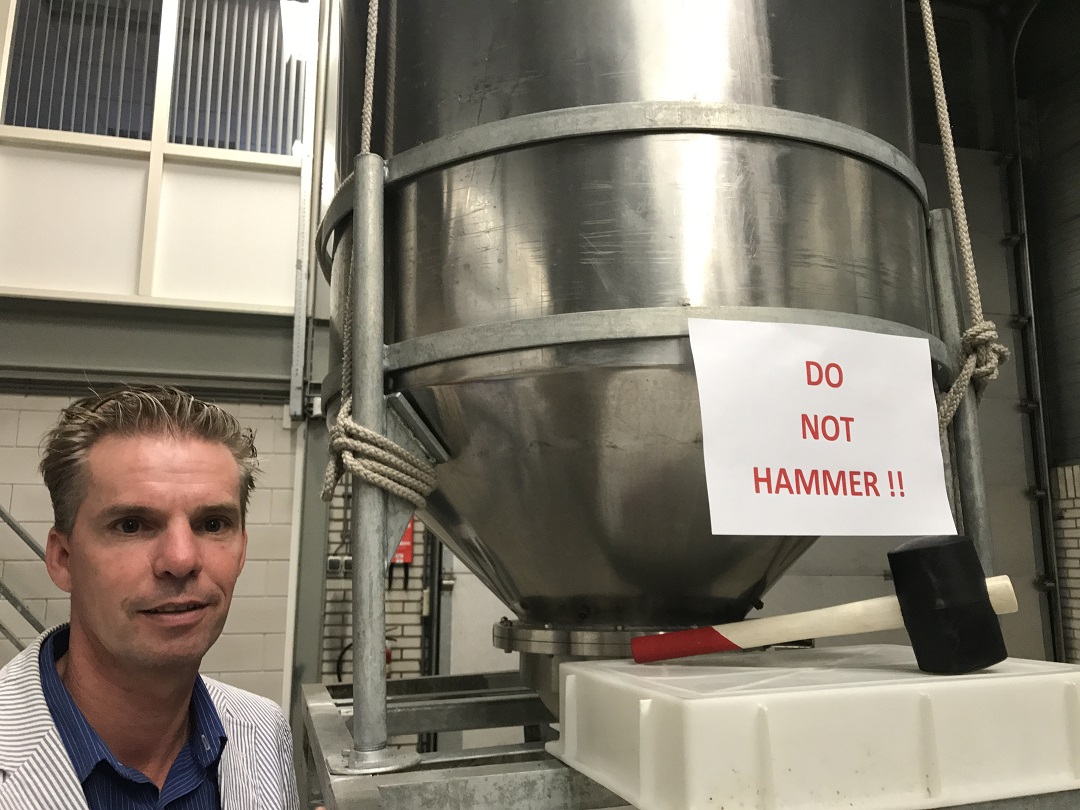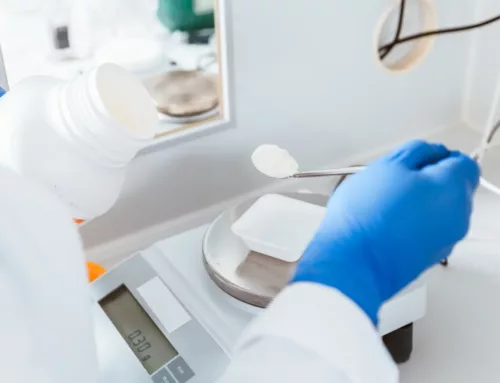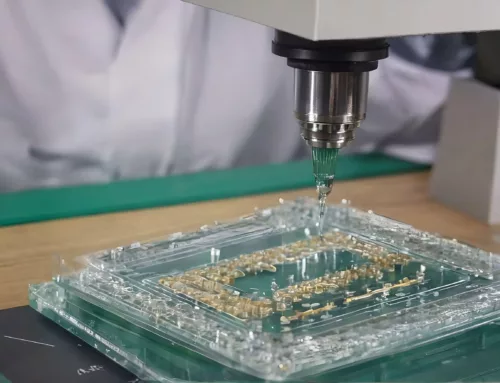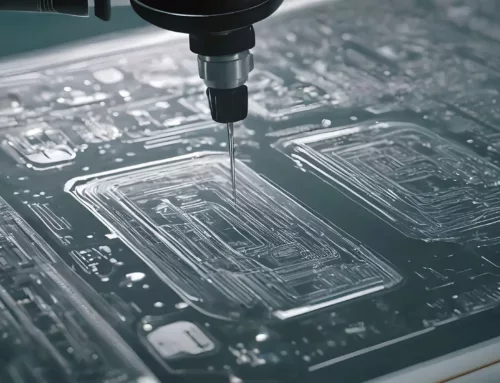On October the 17th, Delft Solids Solutions will organize in close collaboration with DSM / TU Delft, Granutools, Brookfield-Ametek, Anton Paar and Dinnissen Process Technology the Powder (Non-) Flow Day 2017 covering powder flow from different perspectives. The Powder (Non-) Flow Day 2017 will offer lectures from experts in the field. The afternoon will consist of an interactive workshop, where the topics discussed can be put into practice. If you want to review the program for the day please read here.
We had the distinct pleasure to sit down with the co-founder and director of Delft Solids Solutions Johan Groen, lead researcher, board member of the Dutch Zeolite Association and host of the Powder (Non-) Flow Day 2017, to tell us more about the ins and outs as to what to expect on this seminar day.
Please tell us a bit about your background?
I studied chemistry in Delft and have been working at the Delft University of Technology for over 15 years in the field of particle and process technology. During my affiliation at the University I worked intensively on the topic of adsorption on porous materials and in parallel I also did a 4-years’ PhD program related to zeolite catalyst development. In this project I have engineered new types of hierarchically-structured porous materials for a more efficient utilization in catalysis. Quite some universities as well as industries are still working on this technology. All those years, particles and powders have played a key role in my professional career.
In 2008 we (my former colleague Louk Peffer and I) decided to make our niche expertise available to companies outside the university and we started Delft Solids Solutions as a full-time spin-out of the university. Since then we have broadened our fundamental expertise on particle size and porosity assessment towards the intriguing field of powder behavior.
How does your expertise tie in to the subject of powder flow?
The flow (and non-flow) of powders greatly depends on primary aspects such as particle size, particle shape, density, and the interaction between particles and the environment. Now that we have the tools that we can study particle flow properties we can also correlate differences in particle flow with the primary properties of particles. All these experimental aspects we can investigate in our laboratory.
What will be discussed in general terms on the Powder (Non-) Flow Day 2017?
Many different aspects will be covered: we will look into flow of consolidated powders in hoppers and the design thereof, we will cover the relation between particle properties, environment, and powder flow. Simple experimental techniques to study powder flow under non-consolidated conditions, also a new technique based on rheology (viscosimetry) will be shown, and we will have a lecture on hardware tools to prevent or overcome problems with powders in installations.
What kind of measurement techniques can be used to measure the various properties of powders and which aspects are relevant to powder flow?
Particle size and shape are highly relevant for powder flow, but it is equally important to study these in relation of e.g. environmental and process conditions. If a powder product can be greatly compacted, this can be a serious indication that flow problems can arise. People often neglect environmental factors and (laughing) of course you cannot change Mother Nature but you can e.g. condition your product or alter the product properties to make it more stable.
There are various aspects in the production process that are relevant in regards to the flow of powders (humidity, density etc), There are also looming dangers to obstruct the flow of powders could you mention which aspects are relevant to take into account, and which aspects you find get overlooked?
Parameters such as pressure/load on the powder bed, temperature, time, humidity (!!) are important; especially the relation between temperature and (relative) humidity is often not adequately taken into account. Having a low relative humidity at higher temperatures still generates a lot of problems since under such conditions the absolute water vapor pressure can still be dramatically high. A product that easily flows into a hopper or big-bag can subsequently be a serious problem to unload, leading to formation of e.g. bridges in a hopper or caking in big-bags.
Can you tell us more about the phenomenon of caking?
Caking can be the result of simply putting a certain force on a powder that in turn leads to plastic deformation of the particles and subsequently a mechanical interlocking is acquired. Alternatively, also chemical caking can occur e.g. by liquid bridges being formed among a collection of particles during consolidation subsequently leading to e.g. recrystallization, partial dissolution, or phase transitions depending on the conditions applied.
What can be done to prevent caking from happening?
Preventing caking from occurring requires a deeper insight into the properties of the product and the mechanism that can be responsible for caking. Since this is really product specific, in order to achieve this, one really needs to experimentally investigate the product and the problem.
Who would you say the Powder (Non-) Flow Day 2017 is for?
Of course, people working on synthesis and preparation of particle and powders should attend, technicians and analysts working on characterization, formulation scientists, but also people working in the production plant as operator or technician can learn a lot on how to detect problems in an early stage and how to avoid problems from occurring.
What can someone take away from the Powder (Non-) Flow Day 2017?
I am sure that for everyone working in the field of powders new insights can be achieved, especially the various techniques one can use to gain insight into powder flow properties as well as obtaining a good feeling for the various variables – both product and non-product related – that can impact and change the flow characteristics of a product.
“A free flowing product is more prone to segregation than a more cohesive product”.





